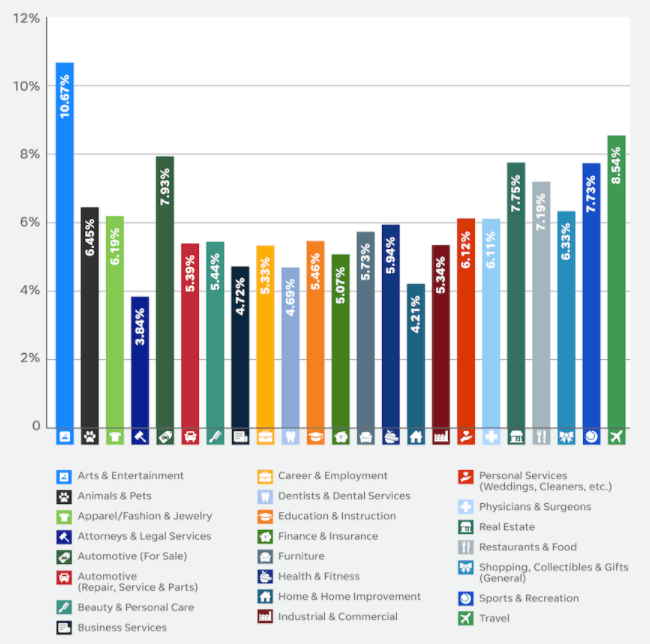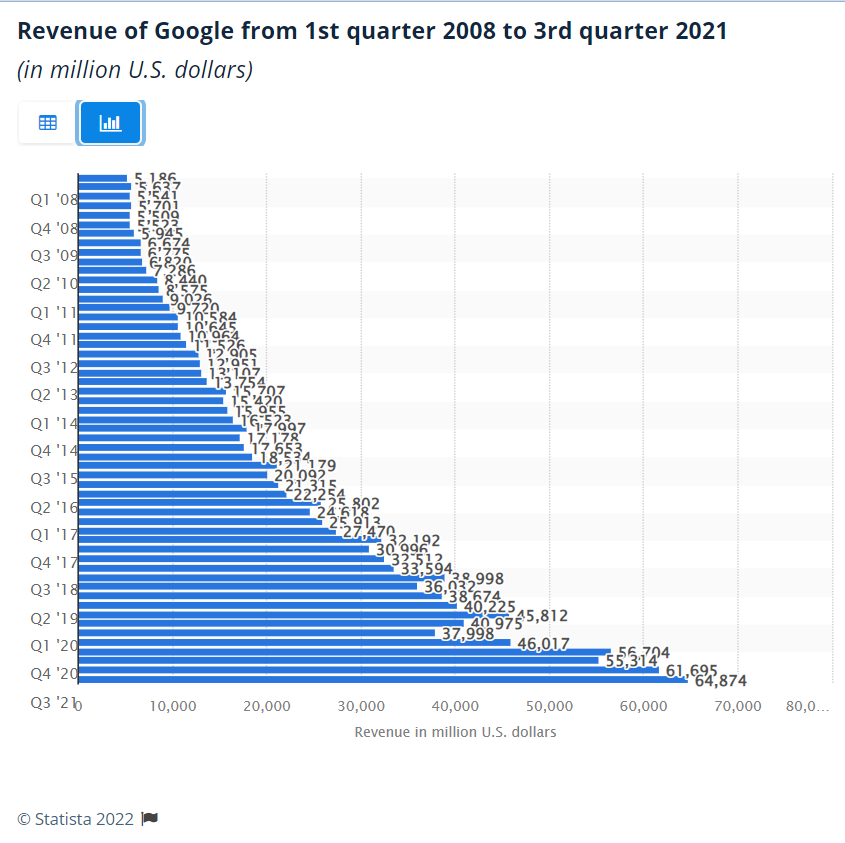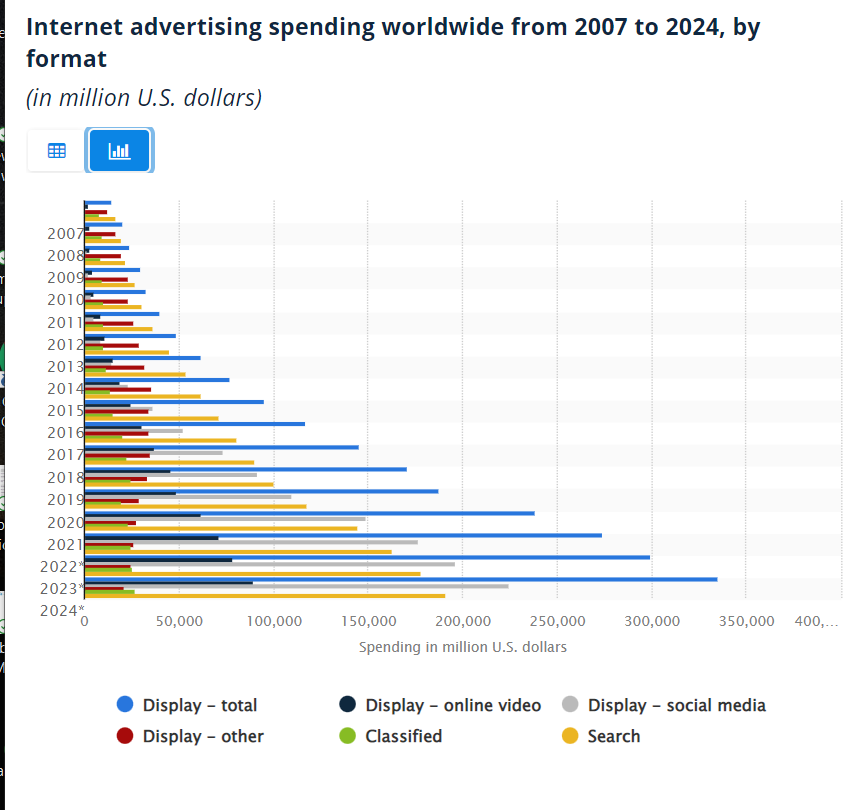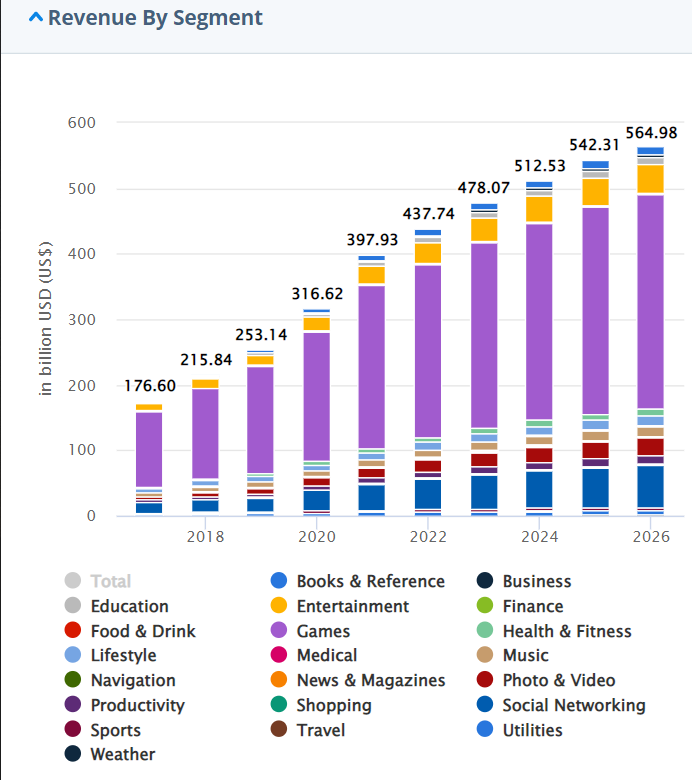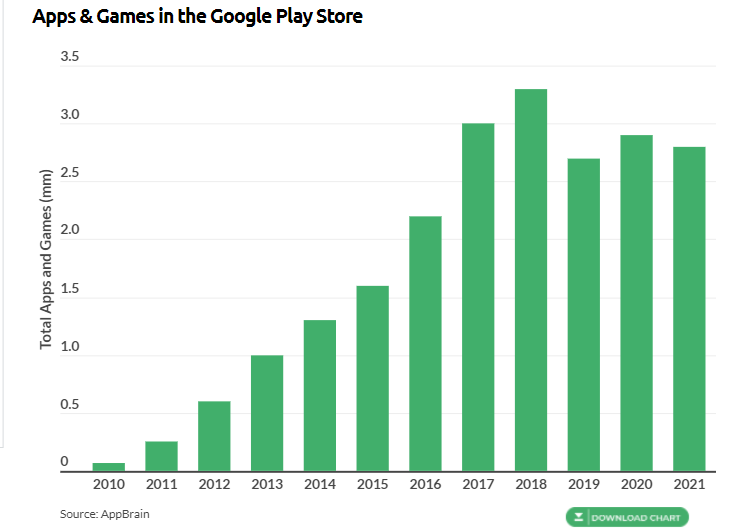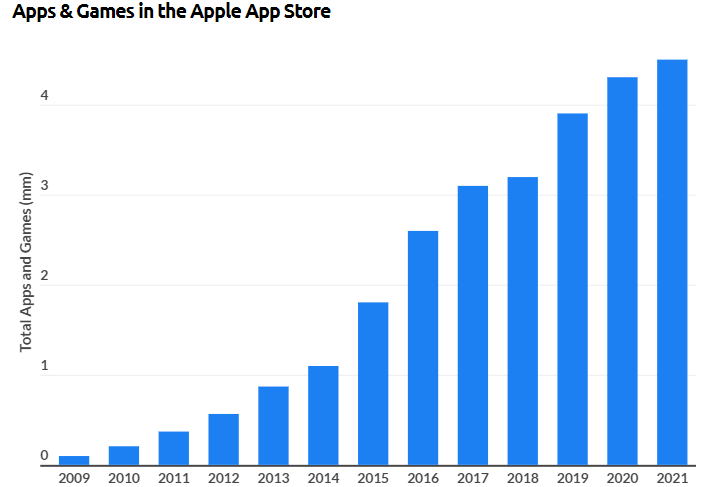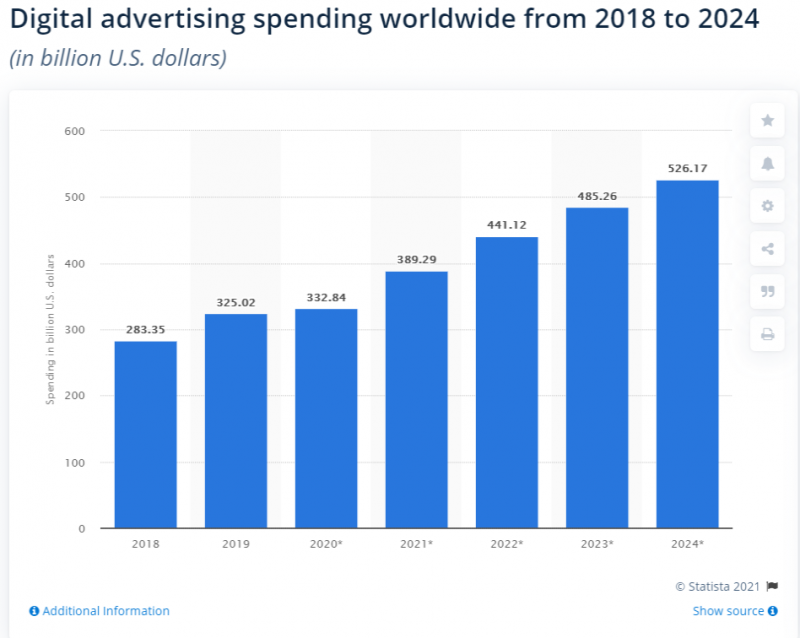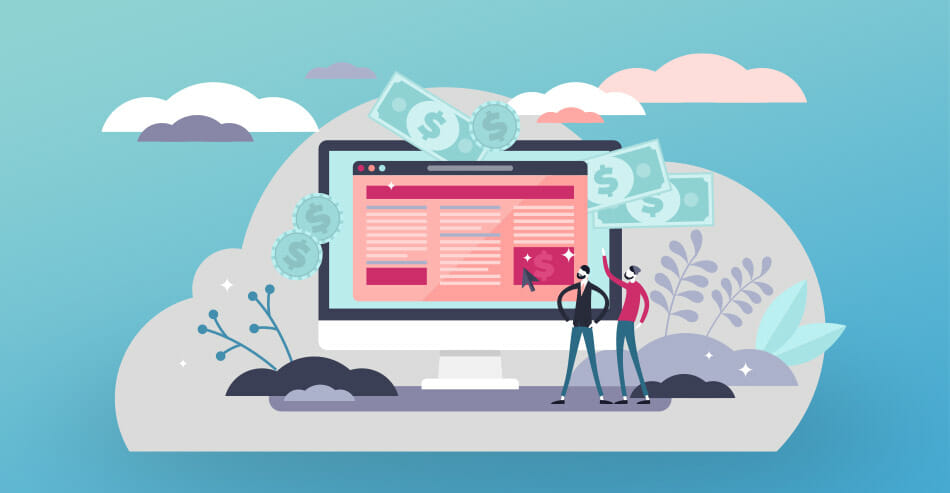
How to Optimize Your Blog for Monetization: Full Guide for Google Monetization Strategies
Your website traffic is worth money and can result in a nice income for your business. While Search Engine Optimization (SEO) is one of the best ways to drive traffic to your site and grow your business, the key is to convert this newly gained traffic into money. That’s where search monetization comes in. In this guide, we’ll walk you through top search monetization strategies you can apply.
How Much Money Can You Make from Your Website?
There is no “one size fits all” solution regarding website monetization. The income you can make from your website will depend on your site’s purpose and how successful you are at achieving it. Some sites earn millions, and other sites make a few thousand.
How much money is there in blogging?
- The content marketing industry is predicted to be worth $412.88 billion by 2021.
- Google AdSense is the most popular monetization method for bloggers. Here are some popular methods and average figures:
- Food and personal finance bloggers are the ones that make the most income. Food bloggers make an average monthly income of $9.169. The personal finance blogger’s income average is $9.100
- 42% of Food bloggers’ income comes from ads.
- The average blogger’s monthly salary is $8000.
Source: SemRush
How much money do websites make from ads?
Websites earn income when visitors engage with their ads. It could be by generating impressions, engagement, or clicks. Advertisers pay publishers per click, for example, $0.20/click. If 1000 people click on the ad a day, the publisher earns $20/day or $600/month.
- According to Smart Insights, the CTR for display ads is 0.05%
- The CTR for native display ads is eight times higher than display ads. (Taboola)
- The average CTR for Google Ads is 3.17%
How effective are paid search ads?
When a person wants to buy something in this digital age, the first action is to use a search engine to look for it. Search advertising can be highly effective because consumers have the highest purchase intent when on search engines.
Leveraging search ads is an efficient strategy for monetizing your traffic. Here is an example of average CTR for paid search ads:
Business Category
Arts & Entertainment
Average Click-Through Rate
10.67%
What Is Search Engine Monetization?
Search monetization is the group of tools and techniques used by marketers to convert online traffic into revenue.
Monetizing traffic and search combine the efforts to convert visits, actions, and clicks in revenue. Website traffic consists of potential customers—people’s daily activities online, querying search engines to solve a problem or find a product.
Search monetization delivers to users searching for a keyword the answer for their query and generates revenue from it.
You can monetize search queries by having an in-site search box. By doing that, every search your visitors conduct on your site can give you data about what they are looking for. Then, use this information to give your audience what they are looking for, enhancing their search experience by delivering ads that complement their search.
Top 8 Search Engine Monetization Strategies You Should Try For Your Site:
Targeting search engine results can help you generate more sources of revenue than just aiding sales. You can also target search data to monetize your sales. Here are some search engine monetization strategies you can apply:
Search feed monetization
Adding a search feed to your site can help hold longer your visitors on your page. It is more than a simple search bar. A monetized search box helps you earn a fee every time a person conducts a search.
Want to learn more? Check our guide on search monetization
Search mediation
This strategy enables you to maximize revenue for your media buying strategy. Regardless of where you buy your media, you can use CodeFuel to increase profitability. The optimized landing pages for media campaigns help you reap the best from each media channel. The monetization pages can be customized for your own website.
Affiliate Marketing
Affiliate marketing is a marketing arrangement by which an organization pays a commission to a publisher for the traffic or leads generated from its referrals. The publishers are the affiliates, which benefit from the commission and incentivize them to promote the company.
Affiliate links can be placed inside blog posts or articles. Your link to the product in the post, and if users click through, you, as a publisher, earn the commission. In a sense, the success of an affiliate marketing campaign also depends on the success of your SEO strategy. The better you are at search engine optimization, the more traffic you drive to your content, and your visitors will likely click on the affiliate links.
Invest in your SEO
As we explained before, search engine optimization is important for the success of your site. If you invest in your SEO, you get a higher ranking in search engines more traffic, leading to more conversions. How to do it? Here are the five best SEO tips to get more organic traffic in 2022.
- Focus on the user experience- Google’s new ranking system, Core Web Vitals, emphasizes user experience. The three criteria they consider include the website’s loading speed, stability, interactiveness, and responsiveness. So if you want to rank higher, you should enhance your user experience.
- Use internal linking- According to relevant keywords, internal links are links to different pages within your site. It can be an opportunity to increase traffic to internal pages. In addition, Google can understand the context better via the anchor text, enhancing your overall ranking.
- Update existing content- Search engines prioritize the most relevant and fresh content for users. That’s why you should update blog posts regularly. By doing this, you increase the traffic volume and give more value to your visitors. Adding relevant and original data, such as infographics and charts, is important. This will get you more shares.
- Drive traffic with long-tail keywords- Long-tail keywords effectively drive traffic for a simple reason: most people use long-tail keywords when writing a search query. These highly specific terms, three words long or more, are usually easier to rank for. For example, instead of targeting the term “evening dress,” go after a more detailed alternative, adding, for example, the color or style. When you do this, by including your short keyword into the long-tail, you can rank for both and attract more organic traffic.
- Analyze search intent- Search intent is assessing the intentions and wants of the audience when they search for something. Search intent can be divided into four categories: Informational, navigational, commercial, and transactional.Informational intent refers to a user looking for data about something, such as general information about a topic, a recipe, or a tutorial.
A person with navigational intent wants to visit a specific website. These people will type the name of the store or site they are looking for. So, you want to make sure your company appears in search results when someone looks by your name online.
Transactional intent happens when a person searches with the purpose of buying something at the moment. Finally, commercial intent has a lower intent than transactional because people intend to buy in the future and use the search engine to research, for example, comparing different fridge brands.
AdSense
AdSense is a Google advertising program that automatically serves ads to your site that are relevant to your target keywords. By strengthening the keyword usage on your site, you ensure that you get ads from the advertisers you want and increase the conversions you get for them. Ultimately, this increases the money you earn.
To make money from AdSense, you need to have at least 100 unique visitors a day. Your content should be unique, and you need to have a Google account to use it with AdSense.
If you have sizeable traffic and wish to add monetization options, then the CodeFuel Search Mediation solution is a great choice. Codefuel helps you maximize your yield per user visit and optimize your landing pages.
Use header bidding
Header bidding is a strategic technique that enables publishers to promote their ad inventory to ad exchanges before the ad servers conduct their online campaigns.
This technique uses programmatic advertising technology to enable publishers to sell ad space at the same time to different ad exchange platforms and ad networks. Thus, publishers can maximize the value of every ad impression.
Header bidding also allows advertisers to be more efficient in better ad targeting by providing automation and bid position. It also enables multiple advertisers to bid on the same ad inventory, increasing the yield for publishers and leveling the field for advertisers.
Advertising
Advertising is one of the most popular monetization strategies and one that can be highly effective if done right. The more traffic your site gets, the more attractive it will be to advertisers. Conducting detailed keyword research is the first step to optimizing your site to drive traffic.
You can sign for an ad network that will present ads relevant to your visitors. You get paid when a visitor clicks on the ad or conducts another desired action. For an ad network to work, your website traffic should be significant. An advantage of using an ad network is that advertisers bid top prices for the ad impressions, so you get the chance of getting high-paying bidders.
To attract top advertisers, every page aspect should be optimized to provide value to your visitors, from the content to the ads and the headers. The better you get at this, the higher the bids your impressions will make.
Sell ad space
If your site has an important amount of traffic, you can sell ad space directly. Here you get to negotiate with advertisers and set the price. While it may seem an attractive option, it is not for everyone. You need to be on top of pricing and advertising rates, as well as looking for advertisers. There is no guarantee that you will get the best price for your ad space.
The Search Advertising Market in 2022 in figures
The search advertising market continues increasing, with the greatest percentage of Google’s advertising revenue, coming from search ads. In the last quarter of 2021, Google’s advertising revenue reached $68,874 million.
- The search advertising market in 2022 is projected to reach $95.6 billion in mobile search and $88.9 billion in desktop search, according to Statista Digital Market Outlook.
- By the end of 2022, search advertising ads spending will reach $163,228 million vs. display $274,134 million.
Source: Statista
Monetize Your Search Traffic With Codefuel
Monetizing traffic can be an extremely effective strategy to add revenue to your site. The best way to do it is to leverage a monetization platform, like CodeFuel. CodeFuel brings the advantage, not only delivering the highest yield for your impressions but also providing search mediation, so you can make the most of managing your media channels.
CodeFuel leverages AI and machine learning to transform search into revenue. Intent-based search targeting enables to capture consumers when their intent is the highest and delivering the right ad to enhance the customer experience and increase conversions.

